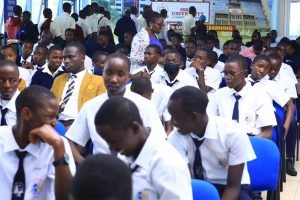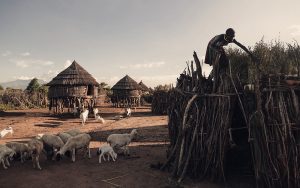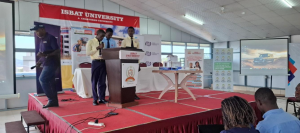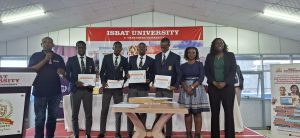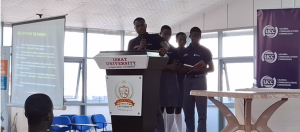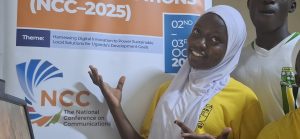Preparing ICT Clubs for Pitch Day: A Guide for Schools, Patrons, and Stakeholders
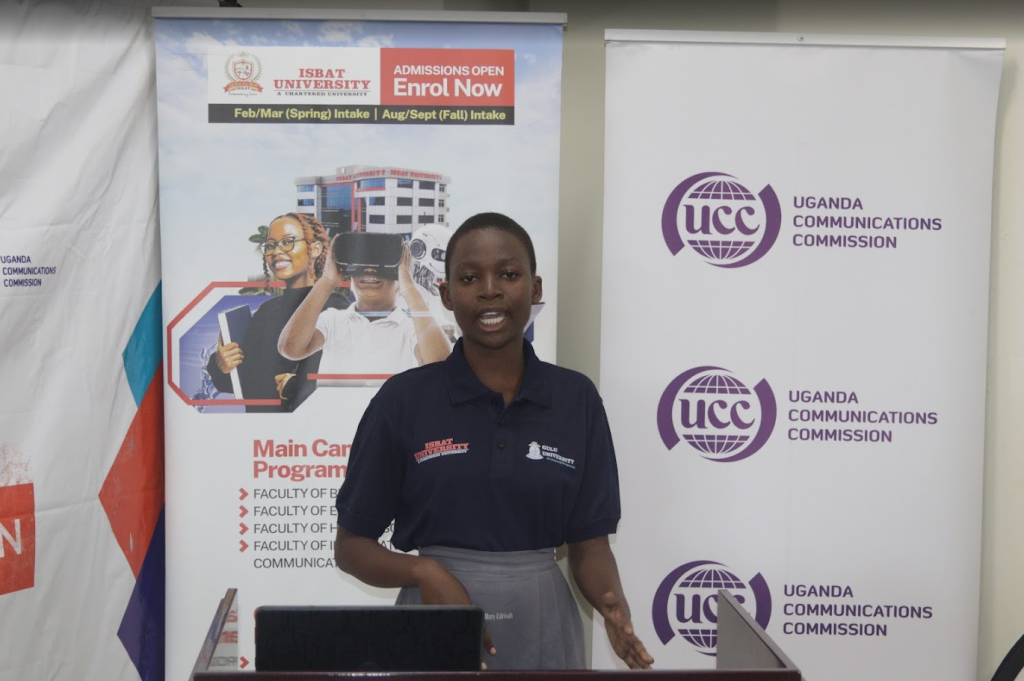
ICT Clubs competition
Introduction
The 2025 ICT Clubs Competition is here, and it promises to be one of the most exciting and impactful events for learners across Uganda. The competitions will run from regional levels to the national finals, giving schools the opportunity to showcase innovation, creativity, and problem-solving using ICT.
This year’s competitions form part of the National Conference on Communications (NCC), organized by ISBAT University, Gulu University, the Uganda Communications Commission (UCC), and KAWA. The regional competitions will begin on 19th September 2025 at Busoga College Mwiri for Eastern Uganda, followed by 22nd September at Mbarara High School for the Western region, 26th September at Gulu University for the Northern region, and 29th September at ISBAT University for the Central region.
The grand finale will bring together the best regional winners on 2nd–3rd October 2025 at the National Innovations Hub in Kampala during the NCC. As the competitions build up to this national stage, KAWA is coordinating training sessions to ensure schools and learners are well prepared.
To help schools maximize their chances of success, here are key areas that adjudicators will focus on, along with tips, explanations, and practical examples.
1. Problem Statement
A strong project begins with a clear and meaningful problem. Judges want to know: Does your project address a real challenge in the school, community, or wider society? Schools should guide learners to clearly define the affected users and explain why solving this problem matters. For example, instead of simply stating, “There is a lack of books,” a team could frame it as: “In our community, students in rural schools lack access to up-to-date textbooks, making it difficult for them to perform well in national examinations.”
Examples of good problem areas include: poor waste management in urban centers, difficulty accessing local markets for farmers, or unsafe water sources affecting village communities. A clear, specific, and impactful problem statement immediately strengthens a project.
2. Solution
The solution is where learners demonstrate creativity and practical problem-solving. Judges will look at functionality, feasibility, and innovation. Functionality means the solution should work as intended. If it is a mobile app, show the working features such as login, search, and feedback. Feasibility means the solution must be realistic with available resources. For instance, building a low-cost water filter using locally available materials is more practical than importing expensive systems. Innovation is about originality. A team could, for example, design a solar-powered mobile charging station for schools without electricity, showing both creative thinking and practical value.
The most convincing solutions are those that are simple, realistic, and directly address the problem identified.
3. Use of Technology and Level of Effort
Because this is an ICT competition, judges will assess how well technology is applied. This includes coding quality, design standards, and effective use of digital tools. A website should have working links, clear navigation, and updated content. A database system should properly store and retrieve records. Beyond technical quality, judges also consider the level of effort. Did the learners only create a mockup, or did they put in time to create a working prototype, gather data, or upload videos and materials?
For example, a team building an online learning platform could include not only the homepage but also uploaded lessons, quizzes, and discussion forums. This shows effort and seriousness compared to a team that only presents empty pages.
4. Impact and Sustainability
Impact looks at how the project will benefit people and whether it embodies values such as kindness, stewardship, justice, integrity, or service. Sustainability means the project can last and grow beyond the competition.
For example, a team that creates a mobile application for farmers to access daily market prices is impactful because it helps farmers earn better incomes. If the app can generate revenue through small subscription fees or partnerships with cooperatives, it is also sustainable. Similarly, a school waste recycling project that produces sellable products not only solves an environmental challenge but also generates income to keep it running.
Projects that combine positive community impact with a plan for survival after the competition will stand out strongly.
5. Project Dissemination (Pitching Skills)
Finally, how a team presents their project on Pitch Day matters as much as the project itself. A strong presentation should be confident, logical, and well-organized. Schools should train learners to use PowerPoint slides, videos, or live demos effectively. Each team member should contribute, whether in explaining the problem, demonstrating the solution, or answering questions.
For example, a team presenting a health awareness app could include screenshots of the app, a video of users engaging with it, and charts showing the number of people it can reach. Practicing common questions like, “How will your project remain sustainable?” or “What makes your solution unique?” will also help the team stand out. Good time management—keeping within the allocated minutes—shows discipline and preparation.
Conclusion and Acknowledgments
The ICT Clubs competition is not just about winning; it is about empowering learners to use technology to solve real-world problems, think creatively, and present confidently. By focusing on the five key assessment areas—problem statement, solution, use of technology, impact and sustainability, and dissemination—schools can help learners prepare thoroughly and shine on Pitch Day.
Special thanks go to the Uganda Communications Commission (UCC) for their continued support of ICT Clubs, especially the Executive Director, Mr. Nyombi Thembo, the UCUSAF team, the ICT Clubs Coordinator at UCC, and our partner institutions ISBAT University and Gulu University. Their commitment, alongside KAWA’s coordination, makes these competitions possible and meaningful. Together, we are building a generation of innovators ready to shape Uganda’s digital future.

